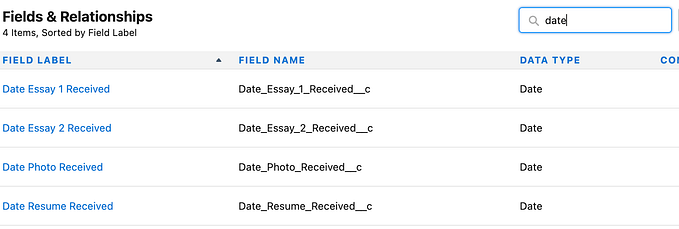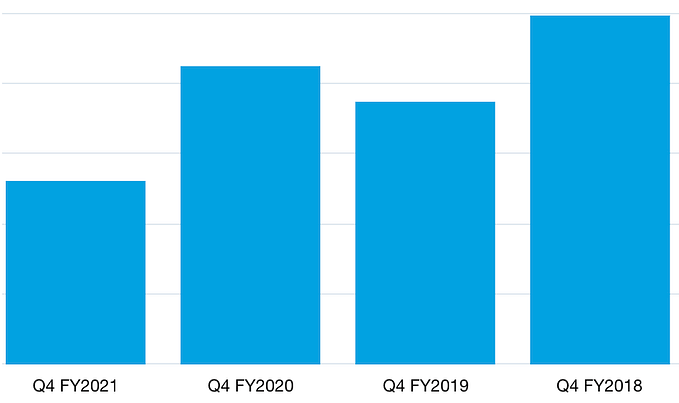The Nonprofit Operations Guide: Operating Model

Your operating model is the set of guidelines and expectations that allow you to monitor and manage day-to-day execution. The operating model defines what processes are needed to get the job done, but not exactly how those processes are performed. It tells you what role in your organization has decision-making power over a process, who is in charge of making sure that process is performed well, and exactly how they will know the process is doing what it should.
In short, it’s a map or a plan that is used to help you focus when you’re deep in the details of the operating system. It also lets the organization stay healthy over time without requiring everybody to know every detail of every area.
The operating model sits right below strategy in terms of organizing structure. A good strategy narrows the kinds of processes you might need when executing. The operating model allows you to align your daily activities with your strategy.
Definitions

A model is a simplified statement of what activities and outputs we believe are important. The operating model is an organization’s map — a plan that helps you know how to achieve your strategy and what outputs you’re going to monitor to ensure the organization is healthy and doing well. In the nonprofit sector, this is sometimes built into a logic model.
The operating model’s job is to codify:
- Responsibility — who is the decision-maker for each of your processes? who handles the day-to-day?
- Indicators of Success — of all of the many dozens or hundreds of things that happen daily with this process, what are the ones that matter the most? what gets managed and measured? what, exactly, is the desired output for each?
- Relationships and Shared Understanding — all major processes should be defined in an operating model — from finance, to marketing, to each individual program. Day-to-day, these are typically managed in isolation. The operating model provides the connections between processes so that key handoffs don’t get lost. For example, your operating model might state that finance (the responsible party) keeps track of budgets and actuals for each program and considers a variance of less than 10% to be ideal (indicators of success). In further stating that finance will distribute budgets and actuals to each program director no later than the 10th of the month, you make a vital connection between one group’s indicators and another group’s process.
Why Do You Need an Operating Model?
An operating model is a roadmap for your organization’s daily work. It provides the blueprint for ongoing technical and process governance that allow you to execute well, and sustainably over time. It helps employees understand their role in the organization, and how that role contributes to the organization’s purpose. A well-constructed operating model:
- Provides the meaning that connects people’s activity to the organization’s strategy, and helps people understand their role in executing on the strategy.
- Creates targets that help people know whether they’re doing a good job or not, and allows management to monitor and review for quality execution.
- Allows the organization’s leadership to clearly state the most important metrics for executing on the strategy, so that the organization has a shared understanding of these metrics and can manage toward them.
Indicators of a Healthy Operating Model
Actually Having One!
So many organizations lack an operating model or a logic model that simply having one is a huge step in the right direction. Logic models typically focus on program only, while an operating model extends the thinking into all functional areas of an organization. Your operating model doesn’t have to be formal or complex, but it should seek to answer:
- What activities do we perform in this organization that help us achieve our strategy?
- Who performs those activities? Who has the authority to decide about changes in those activities?
- How, and how often, are those activities performed?
- What are the expected outputs or outcomes from these activities?
- In what quantities do we expect these outputs or outcomes?
- Where are the expected outputs or outcomes recorded so that we can monitor them?
- What regulatory or other compliance rules do we have to conform to? Where do we record and monitor the information related to compliance?
- Where do we keep documentation on the exact details of the processes and tools used to support these processes (e.g. how would anyone new know about this)?
Using it for Governance
The operating model is the connective tissue that binds the organization’s daily activity to its strategy. It allows the shape of the organization to reflect its purpose. Organizations with long-term success invest time and energy into the exercises necessary to keep their connective tissue healthy so that their operations remain aligned with strategy over time.
Organizations that have a healthy relationship with their operating model refer frequently to the indicators it identifies as necessary for success, and these indicators are so tied to daily activities that staff know how their tasks align to their outcomes, which in turn are monitored and managed. They also commit the time to meet regularly so that key decision-makers from across the organization are both updating their colleagues about their indicators and discussing any changes that may impact the operating model.
Changes to strategy have implications for the operating model and downstream operations. When you decide to take on a new program or project, you have to have the operational resources to execute, which must be planned, financed, staffed, and integrated into your existing work.
What fewer organizations understand or manage well is that changes in operations can have a widespread impact, too. For example, a change in a technology tool for one program often impacts what is possible to capture and monitor, and also may force changes in the details of how a process is executed. Suddenly something that another department is relying on — fundraising, for example — isn’t captured the same way, or able to be reported in the same way as before. The handoff between the program and fundraising should be monitored in the operating model, so that when changes are made, the program knows it needs to notify and collaborate with its fundraising colleagues to avoid stress.
Coordinating these kinds of changes can be complex, and having an operating model gives all parties a map of what is important to focus on when managing change. The organizations that use their operating model as a map and evaluate change from within it are practicing good governance.
Like any other aspect of maintaining a healthy lifestyle, good governance is a deliberate, ongoing commitment to keeping operations aligned with strategy. Misaligned operations are the chronic health conditions of the organizational world — they wear you out and prevent you from performing at your peak, and sometimes they cause painful failures that can be very expensive to fix. Investing the time and energy in creating an operating model and using it for ongoing governance are the best ways to protect all of the hard work your organization does every day.
This article is part of a series on Nonprofit Operations that is designed to introduce concepts and language that can be very helpful in understanding common pain points in our sector.
Read the overview here








